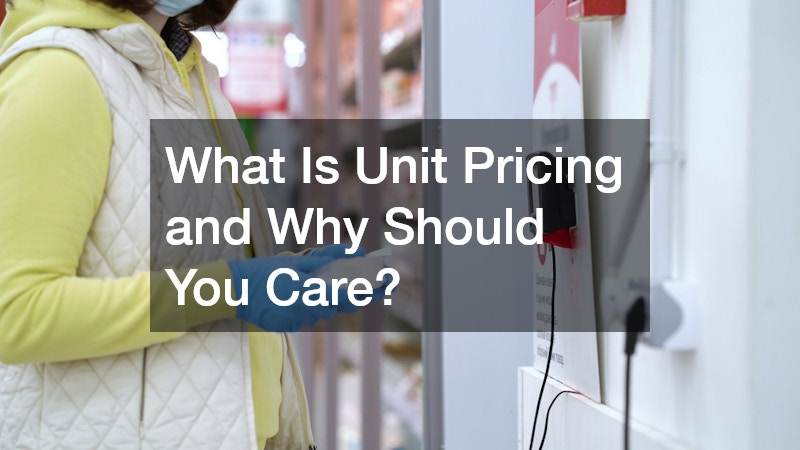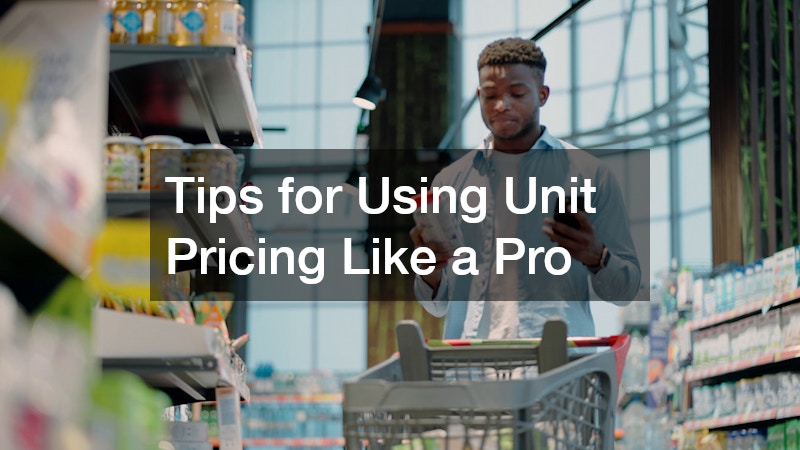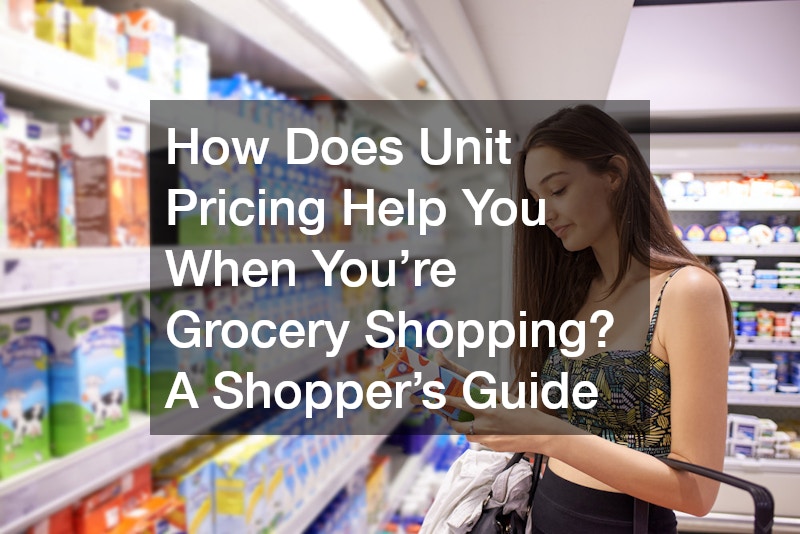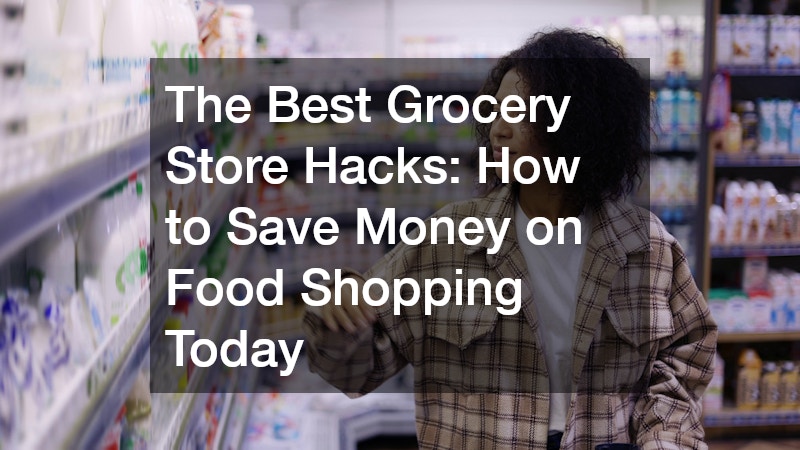
Grocery shopping is one of life’s routine necessities, but it can quickly become a budget-buster if you’re not careful. Whether you’re shopping for one or managing a family household, learning how to navigate store shelves wisely can have a significant impact on your monthly expenses. One of the most effective—and often overlooked—tools for smart shopping is unit pricing.
Unit pricing allows you to see the cost per unit (like per ounce, pound, or liter), helping you compare the value of similar products regardless of their total price or package size. In this shopper’s guide, we’ll explore how unit pricing works, how to use it to your advantage, and why it should be a key part of your grocery shopping strategy.
What Is Unit Pricing and Why Should You Care?

When you look at a shelf tag in the grocery store, you’ll usually find two prices: the total price and the unit price. The unit price breaks down the cost into a consistent unit of measurement, such as cents per ounce or dollars per pound. This allows you to compare similar products of different sizes or brands on a level playing field.
Understanding unit pricing is important because manufacturers often use marketing tricks like packaging products in odd sizes or using flashy labels to make one item appear cheaper. But with unit pricing, you can look beyond the packaging and determine which product offers the best value for your money.
Example:
- Brand A Cereal: $3.99 for 12 oz → Unit price: $0.33/oz
- Brand B Cereal: $5.29 for 20 oz → Unit price: $0.26/oz
Even though Brand B is more expensive upfront, it actually gives you more cereal for each dollar you spend.
How Does Unit Pricing Help You When You’re Grocery Shopping?
Understanding how to interpret unit pricing is a practical skill that can help you stretch your budget further. Here’s how it helps you during your grocery run:
1. Compare Apples to Apples—Literally
Unit pricing helps you compare similar items in different brands or sizes. For example, if you’re buying apples and one bag is sold by weight while another is by count, unit pricing clarifies which is truly more cost-effective.
2. Avoid Paying More for Fancy Packaging
Sometimes a smaller, eye-catching product may seem more appealing. But when you check the unit price, you may find that a larger or generic version offers more value.
3. Buy in Bulk—Smartly
Bulk items often have lower unit prices, but that’s not always the case. Unit pricing lets you verify if bulk really means a better deal, or if it’s just a marketing ploy.
4. Make Healthier Choices
Surprisingly, some healthier options like oats, dried beans, or rice have lower unit prices compared to processed foods. This gives you an incentive to choose whole ingredients while saving money.
5. How to Save Money on Food Shopping
Learning to check unit prices consistently is one of the simplest ways to learn how to save money on food shopping. Over time, these small savings add up, helping you stay within budget or afford higher-quality food options.
When Should You Use Unit Pricing?
While it’s always a good habit to glance at the unit price, here are some specific times it can make a real difference:
- Shopping for pantry staples like flour, rice, pasta, and cooking oils
- Comparing frozen or packaged foods
- Evaluating household products such as paper towels or laundry detergent
- Looking at different brands of the same item
- Shopping during sales or bulk discounts
Tips for Using Unit Pricing Like a Pro

Want to make unit pricing work even harder for you? Follow these expert tips:
- ✅ Bring a calculator (or use your phone) for stores that don’t display unit prices.
- ✅ Look closely at shelf labels. The unit price is often smaller than the total price.
- ✅ Watch for unit differences. One product might list price per ounce, another per gram.
- ✅ Always consider waste. Buying in bulk only saves money if the food doesn’t spoil.
- ✅ Pair unit pricing with coupons or loyalty rewards for even better savings.
Common Mistakes Shoppers Make with Unit Pricing
Even experienced shoppers can get tripped up. Here are some things to watch out for:
- ❌ Ignoring measurement units. Comparing per 100g to per ounce? You’re not getting an accurate deal.
- ❌ Overlooking price per use. Some items last longer than others, so consider how many uses you’ll get.
- ❌ Buying more than you need. A lower unit price doesn’t help if you throw food away.
- ❌ Falling for sales without checking the unit price. A “buy one, get one” deal might still have a higher unit price than a competitor’s regular item.
Final Thoughts: Let Unit Pricing Be Your Shopping Sidekick
Smart grocery shopping isn’t just about sticking to a list—it’s about making choices that stretch your budget and support your household needs. Unit pricing gives you the clarity and control to shop smarter, avoid marketing traps, and find the best value. It may seem like a small step, but once you get into the habit, you’ll wonder how you ever shopped without it.
So next time you’re standing in the aisle debating between brands or sizes, let the unit price guide you. You’ll be well on your way to smarter decisions—and serious savings.

